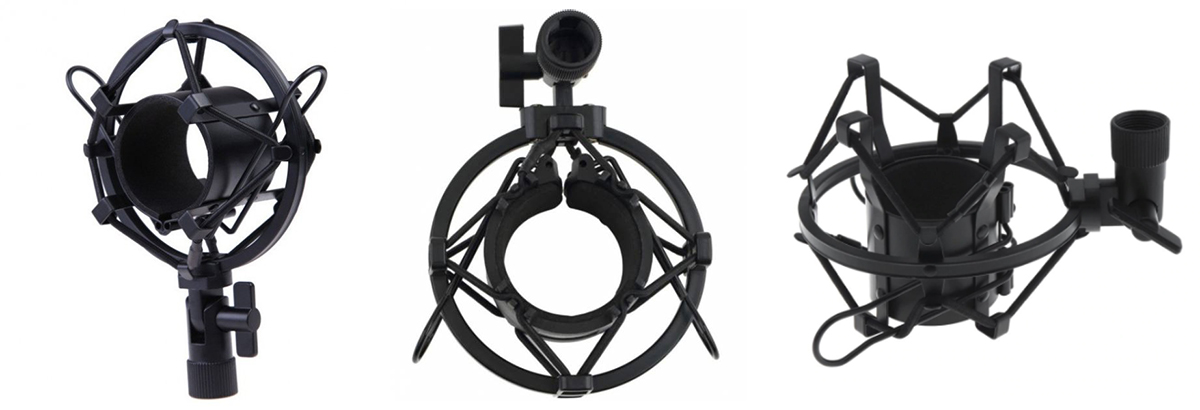What is a Microphone Spider for?
- 23 September 2020 18:42:19
- Reviews: 0
- Views: 2844
-

When working in a recording studio or other conditions, the microphone is often used without additional devices. However, in some cases, additional equipment is indispensable. One example of such equipment is the so-called spider. What is a microphone spider for and how to choose the right one? Let's take a closer look…
The microphone spider performs several functions at the same time. The first is the reliable protection of the microphone body, as well as its protection from mechanical influences, including when it falls. The second function is that the spider housing protects the microphone from small vibrations, which are always present, and are transmitted to the microphone from the stand. In turn, such small vibrations can adversely affect the quality of the recorded sound. And even professional digital processing of the resulting recording may not save you from this. Therefore, in professional studios with a microphone, spiders are always used.

When choosing one or another spider for a microphone, the following parameters must be taken into account:
- Number of suspension points. There can be a different number - from one to eight. Accordingly, the more suspension points, the more securely the microphone is fixed in the stand.
- microphone diameter. Most professional spiders have a standard diameter for a microphone, but still, before buying one or another spider, this point must be clarified further.
- holder material. As a rule, spiders are made in one of three materials - plastic, metal, reinforced polymer. Plastic spiders are less durable, but also the lowest price. Reinforced polymer spiders, on the other hand, have excellent mechanical properties, but are expensive. As for metal spiders, they have average performance between plastic and polymer samples.
- Availability of additional options. The most popular additional option in this case is the presence of a pop filter. The purpose of this is to protect the microphone from particles of the performer's saliva and to eliminate sound interference from his breathing during recording.
When choosing one or another spider for a microphone, from general considerations, you need to pay attention to the following model parameters:
- Design features. In particular, size, diameter, weight. It is desirable that there was a rubber layer on the body of the spider to securely hold the microphone.
- Manufacturing quality. Ideally, the spider should be lightweight, yet strong and durable.
- Manufacturer. For professional recording studios, it is better to choose equipment, including microphone spiders, from trusted manufacturers, preferably with a worldwide reputation.


